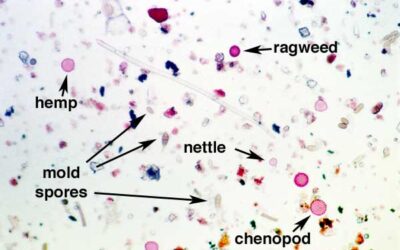Carpeted Bathrooms
Advantages of Carpets in Bathrooms
- Carpets make bathrooms feel warmer and more inviting.
- They are softer than tile, offering comfort to bare feet.
- Carpets reduce slip hazards compared to hard surfaces like tile.
- Installation is generally quick and inexpensive.
Disadvantages of Carpets in Bathrooms
- The pad beneath the carpet can absorb significant moisture. Common sources of moisture in bathrooms include:
- Steam from the shower
- Water splashes from the tub or shower
- Water shedding from shower or tub occupants stepping onto the carpet
- Water splashes from the sink
- Water drips from the vanity
- Leaks from the toilet
Moisture in the pad can lead to decay fungi growth on the sub-floor, weakening it and potentially causing mold issues. Mold releases spores that can trigger respiratory problems, especially in individuals with certain health conditions. Inspectors use moisture meters to check for excess moisture beneath carpets.
In addition to mold, bacteria can accumulate around the toilet area. Urine, which can accidentally land on the carpet, contains bacteria.
Carpeted Bathrooms in Commercial Buildings Installing carpet in commercial bathrooms violates building codes. The 2007 edition of the International Building Code (IBC) specifies that floor finishes in non-dwelling units must be smooth, hard, and nonabsorbent. The code also requires a smooth, hard, nonabsorbent vertical base extending at least 4 inches up the walls.
Recommendations for Clients Inspectors should advise clients dealing with urine or moisture issues with their bathroom carpet to:
- Clean the carpet regularly to remove mold or urine.
- Keep the carpet as dry as possible using water-blocking devices.
- Install or increase the use of a bathroom fan.
- Understand the reasons behind their issues.
In summary, carpets in bathrooms can trap moisture and urine, leading to structural damage and health risks.



